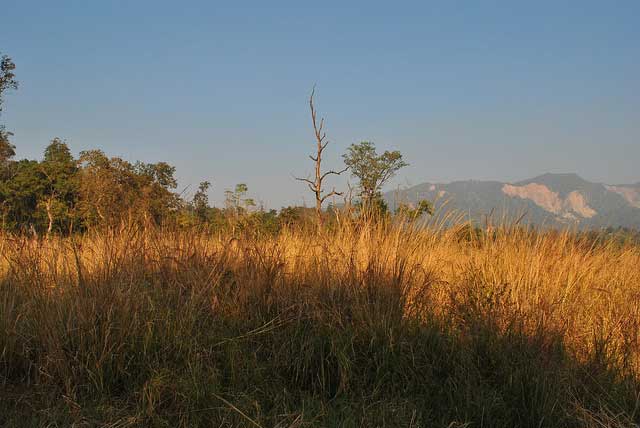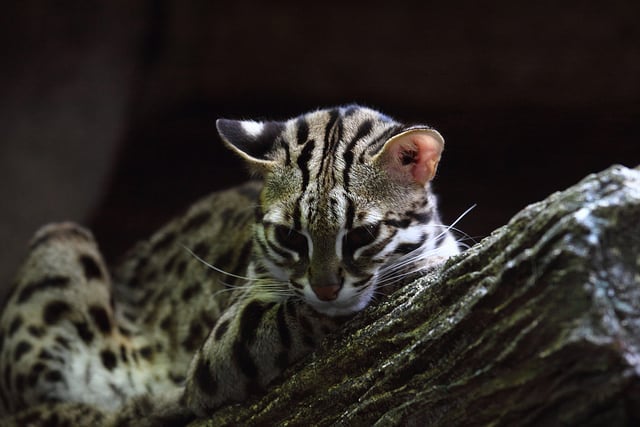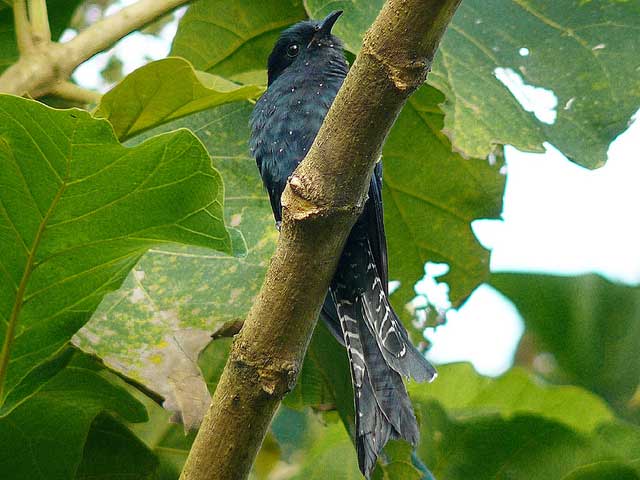Rajaji National Park is a celebrated national park located in the north of India. It spans across an area of 820.20 square kilometers and harbors an abundance of flora and fauna. It is located in the State of Uttarakhand and is at a close proximity to Dehradun and Haridwar. Rajaji National park was officiated as a national wildlife reserve in the year 1983 when three separate wildlife sanctuaries, namely Motichur, Chilla and Rajaji Sanctuaries were merged into one.
The Park is governed by the Principal Chief Conservator of Forests of Uttarakhand and is home to various protected animals and plants. Rajaji National Park is an active tiger reserve and aides in the restoration of wild tigers to a stable number. Along with tigers, several other big cats and dogs of different species can be spotter in the Park premises. There are numerous different species of herbivores and omnivores in the park that constitute of its thriving ecosystem as well.
Climatic Conditions
The climate in Rajaji National Park is mostly warm and dry with a few months of rain. The winter months between October and February are moderately cold with temperatures ranging between 8 degrees to 15 degrees Celsius. There is a heavy chance of spotting migratory birds during this time of the year. The summer months last between May and June with the highest sighting of wild animals along the water-bodies. The monsoon at Rajaji lasts from July to September. The Park is usually closed at this time to help rejuvenate the forest and let the flora develop again.
Best Time to Visit
The spring season between the months of March and April is arguably the best time to visit the park. The weather is cool and temperatures range between 15 to 25 degrees throughout the day. Many animals can be spotted out in the open during this time due to the absence of very strong heat.
Wildlife at Rajaji National Park
Wildlife thrives in Rajaji National Park due to the abundance of water and minerals in the soil. There are several species of exotic animals that are unique to the sanctuary and depend on its rich vegetation for their survival. Several big cats, small herbivores and large herbivores roam the forest area all year long. Rajaji is also a stop for migratory birds who are bound north during the winters. Some of the animals at the Park are listed below.
Mammals
Hyena, Leopard cat, Jackal, Jungle cat, Civets, Sloth Bears, Himalayan yellow-throated marten, Cheetal, Sambar deer, Barking deer, Wild boar, Goral, Nilgai, Rhesus macaque, Indian hare, Hanuman langur, Indian porcupine and Indian Elephant.
Reptiles
King cobra, Indian rock python, Common Krait, Monitor lizard, Indian cobra.
Birds
Great Hornbill, Crested Kingfisher, Oriental Pied Hornbill, Rusty cheeked Scimitar, Crimson sunbird Peacock, Babbler, Chestnut-tailed Starling, Rusty cheeked Scimitar, Drongo Cuckoo, Golden-spectacled Warbler, Hornbill, Brown Hawk-Owl, Slaty Headed Parakeets, Great Red Jungle Fowl, Lineted Barbet, Crested Kingfishers, Black Hooded Oriole, Finches, Khaleej Pheasant, Thrushes, Woodpeckers, etc.
Disance From Nearby Cities
- Dehradun – 25 km
- Haridwar – 25 km
- Rishikesh – 28 km
- Ambala – 119 km
- Chandigarh – 135 km
- Delhi – 181 km
- Rohtak – 189 km
- Jaipur – 414 km
- Ahemadabad – 954 km
- Mumbai – 1331 km
- Kolkata – 1332 km
- Chennai – 1909 km
Nearest Airport
Dehradun harbors the nearest airport to Rajaji National Park. Jollygrant Airport is a domestic airport in Dehradun which has flights incoming from major Indian cities on a daily basis.
Nearest Railway Station
The nearest Railway stations are within commutable distances to the park located in Saharanpur, Dehradun, Rishikesh and Haridwar. Taxis and busses can be availed from the station till the park entrances.
Road Accessibility
The cities surrounding Rajaji National Park are well connected by roads and National Highways that intersect each other. Inside the park, mud tracks are made for vehicles to follow a specific tour route.
Accommodation Facilities
Several rest houses have been erected within the Park premises to allow visitors to spend a few days inside. The accommodations are neat and well constructed with modern amenities such as toilets, showers and kitchens. There are several well conditioned resorts outside the park as well.
Entry Fees
For an Indian visitor, the entry fee amount is Rs.150 per head. This fee includes a three hour Jungle Safari. Foreigners are charged a fee of Rs. 600 per head and Rs. 50 extra for using cameras.





i want to knw more abt this park.